|
Since we’re free to travel around Italy again and there are relatively few tourists, I decided to try out public transport and Pompei. I’ve never visited before. Even though I worked for 10 years as an archaeologist, I studied the neolithic, prehistory, not that modern Roman stuff with written records. Now that I live and walk among Roman remains, I’ve totally changed my attitude. I drive over the mountain to Pescia (home of Tommaso who teaches the wine-dyeing workshop during my Tastes & Textiles: Wine to Dye For tour). I park in the free car park at the station and board the train to Florence, from where I’ll change for the high-speed train to Napoli. The number of new and existing cases of Covid-19 is very low in Italy. Both Trenitalia and its rival Italo (pronounced eat-a-law) are trying hard to sanitise and respect social distancing. In the trains all the passengers are wearing masks and using the hand sanitiser installed at every door. Nevertheless, during lockdown we were trained to be very cautious, and even if the risk is very low, I admit I would have felt safer in my own car or a hire car or van with a driver I trust, like I use for my tours. Arriving at Napoli, my collaborator on my cheese courses is waiting to welcome me. Maria Sarnataro was born in Napoli and has booked me into Palazzo d'Auria, a beautiful B&B right in the middle of the historic centre. I’m relieved to have her by my side. It’s my first visit to the city and there are so many rumours about it being dangerous. In fact, I soon realise it’s no more dangerous than any large city, London, Paris, Milan or Rome. And the people are so welcoming! And here is my spacious apartment... When Maria and I are together, food is always uppermost in our minds. After checking into the B&B, Maria conducts me immediately to sample the famous sfogliata (more properly called sfogliatella) of Napoli in one of its most famous pastry shop. She explains there are two types. Both are filled with pastry cream containing ricotta and crystallised fruit, but riccia is a crispy puff pastry and frolla is more like a cake. Of course we have to try both! We’ve only gone a few steps from our sfogliata tasting at Scaturchio when Maria turns into another bakery, this one famous for its taralli. If you’re thinking taralli from Puglia, forget it. Apart from the shape, the taralli of Napoli are a different thing entirely, and in my opinion, are in a completely different class. Next time you’re in Napoli, arrive with a good appetite and head straight for Leopoldo! Enough food for the body. Now I want some food for the mind. I go to the National Archaeological Museum to check out the artefacts discovered during excavations at Pompei. Of course I’m drawn to those related to food production and eating. Then there's this interesting pan. I asked our Facebook followers if they had an idea what it could be used for. We had a few suggestions: snails or donuts! Dinner had to be the true Neapolitan pizza at Pizzeria Sorbillo - Centro Storico, only a few steps from my B&B. The menu of pizzas was long and creative, but in the end I chose a simple margherita with mozzarella di bufala DOP and a bottle of craft beer to wash it down. (Be sure to book in advance. Outside there was a crowd of people waiting to get a table.) You must book your ticket for the Pompei archaeological site in advance online. Now a tip for those of you who want to take the train from Napoli to Pompei. There are two services: the normal Trenitalia service and something called Circumvesuviana. Both depart from Napoli Piazza Garibaldi but they stop at different places in Pompei. Since I wanted to enter at Piazza Anfiteatro, I chose the normal Trenitalia service, for which I could also buy a ticket online. The Circumvesuviana requires you to buy the ticket from a nearby newsagent or a ticket machine at the station, and I didn’t want the stress of arriving early to buy a ticket. Maria said I’d made the right choice. To save you wondering, as I did, why Napoli Centrale and Napoli Piazza Garibaldi are at the same place on Google maps, they ARE in the same place except that the latter is beneath the former; to get to it you descend an escalator from inside the main station. Google can’t yet display 3D. I got off the train at Pompei and walked 10 minutes to the entrance to the archaeological site. Here’s a preview of what you'll see. For what is probably my only visit to Pompei, I had decided to splurge and hire a private guide. I lucked out with Francesco Tufano. He’s an archaeologist and could answer all my questions and more. I asked him to concentrate on food and food production, but I'm glad he couldn’t bear to omit many of the other interesting facts and features. Starting with Roman wine, archaeologists discovered exactly where and how far apart the vines were planted by pouring plaster into the holes left in the soil by the roots when the site was covered by volcanic ash. From that evidence they have planted a new vineyard with an old variety of grapes and are cultivating it according to methods found in Roman sources. I should have bought a bottle of the wine, but I didn’t have time. That’s the trouble with fast travel. Plan to spend a whole day! More about food and dining at Pompei. Francesco explained that Romans of that period (Vesuvius erupted in 79 AD) ate breakfast at home but lunched out. The photo below shows the breakfast room in a domus, the city home of a well-to-do citizen. The ‘steps’ at the back were a waterfall, and at the front are Carrara marble benches on which the people reclined while eating. There was a pool in the centre. This house was equipped with its own oven, but many people bought bread from a bakery. Lunch Pompei style! We walk along the pavement (sidewalk) of the main street paved with flat slabs of stone, uncharacteristically empty of tourists. Being thirsty, we stop for a drink at one of the Roman fountains. This lunch place reminds me of tavernas in Greece in the late ‘60s (maybe today too, but I haven’t been back) where, instead of a menu, the dishes were on display. The pots in holes in the counter kept food either hot or cold. You chose what you wanted and went to the dining room at the back to eat it. A little way down the street, after the phallic symbol pointing to the brothel on the right (prostitution was legal), we come to a bakery on the left. Further along are the baths. Men and women weren't allowed in at the same time and entered and exited by different gates. A parting photo from Pompei. The statue isn't antique. It's modern. I'll leave you to look it up on Google.
I’m headed further south to the National Park of Cilento to stay with Maria, my collaborator on my cheese courses who showed me around Napoli when I arrived. We'll post another blog next week featuring my three days of mozzarella, wine and other good food! If you'd like to join us to explore Italy during one of our many tours or courses, please visit our website and drop me an email to find out more!
0 Comments
Your comment will be posted after it is approved.
Leave a Reply. |
Email Subscription
Click to subscribe to this blog and receive notifications of new posts by email. AuthorErica Jarman Categories
All
Archives
October 2023
|
|
copyright 2017 sapori-e-saperi.com | all rights reserved
|
Website by Reata Strickland Design

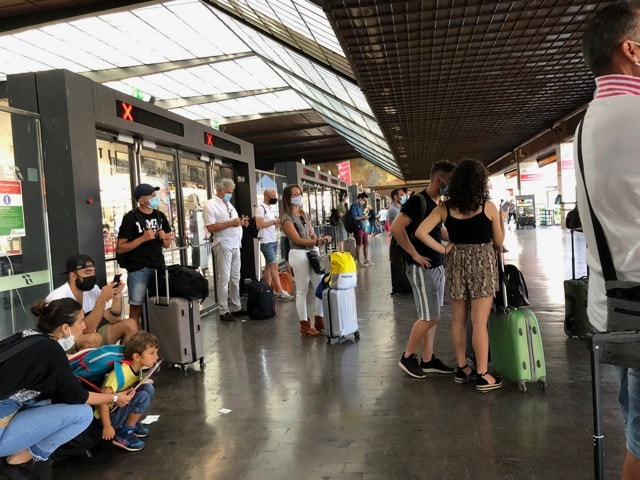

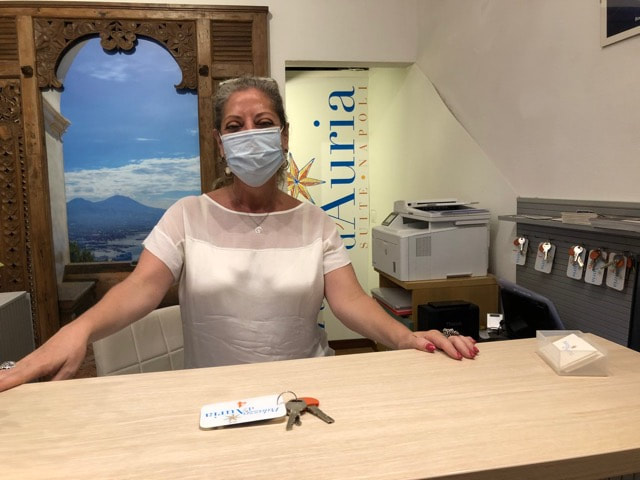
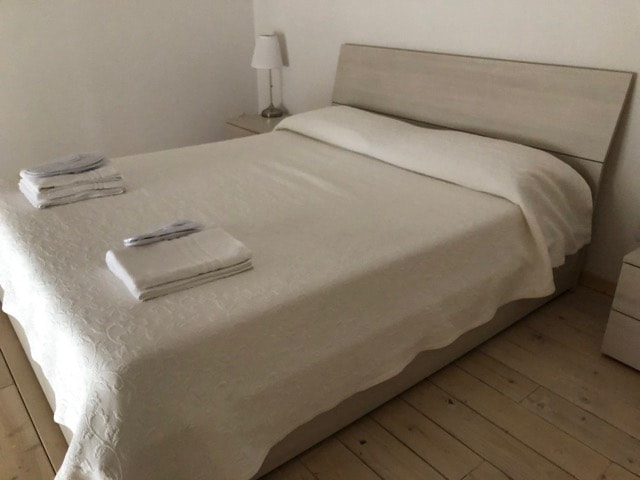
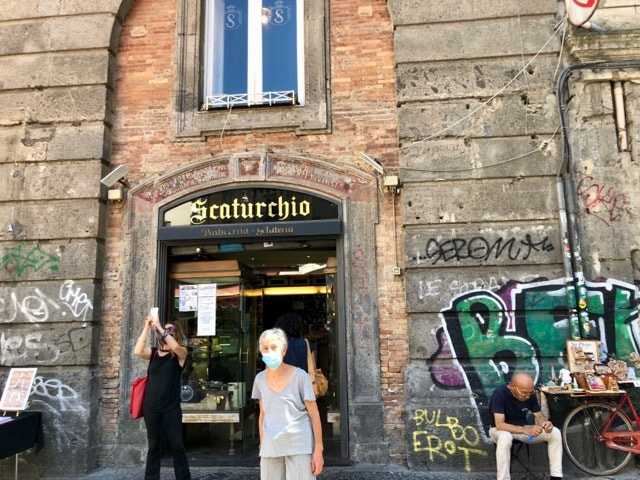
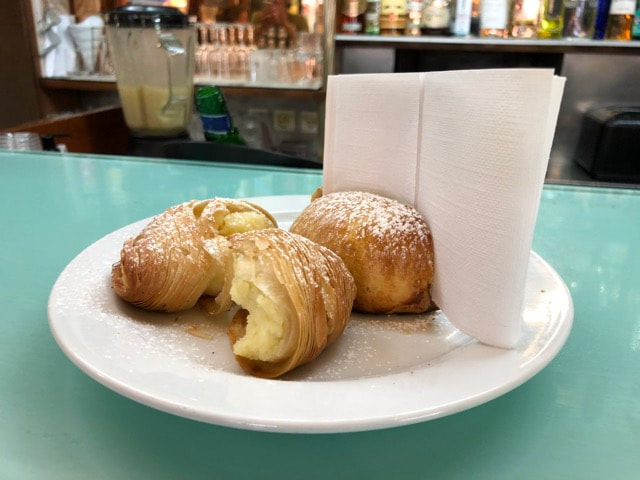
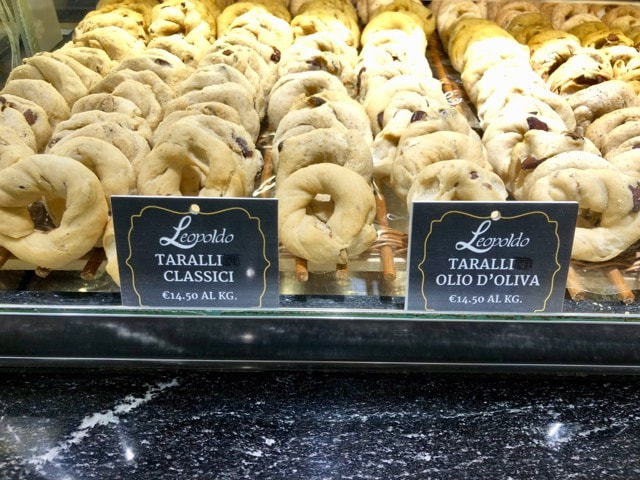
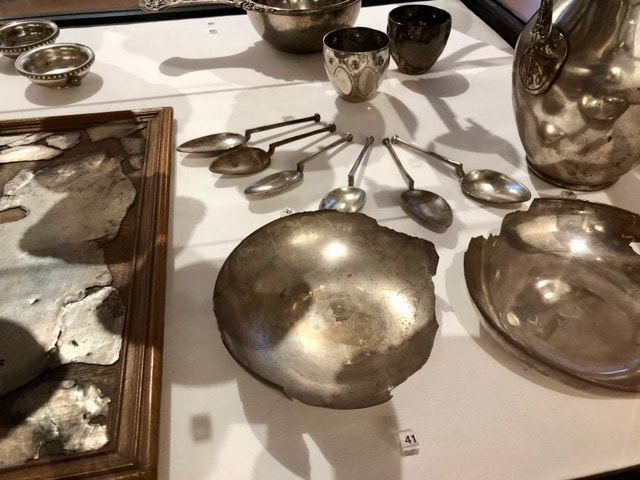
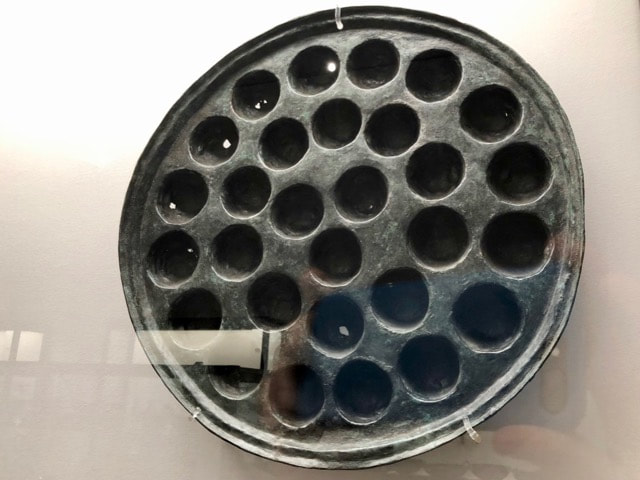
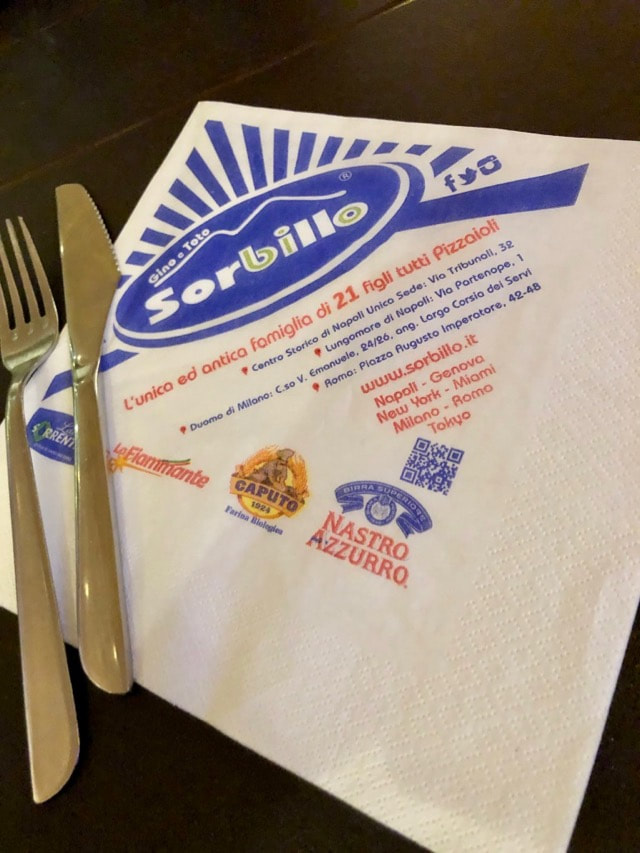

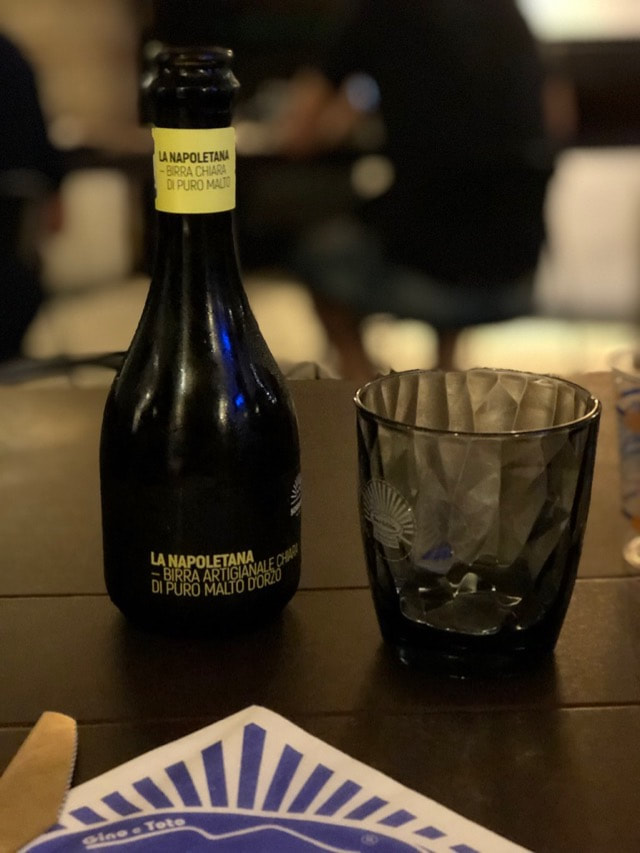
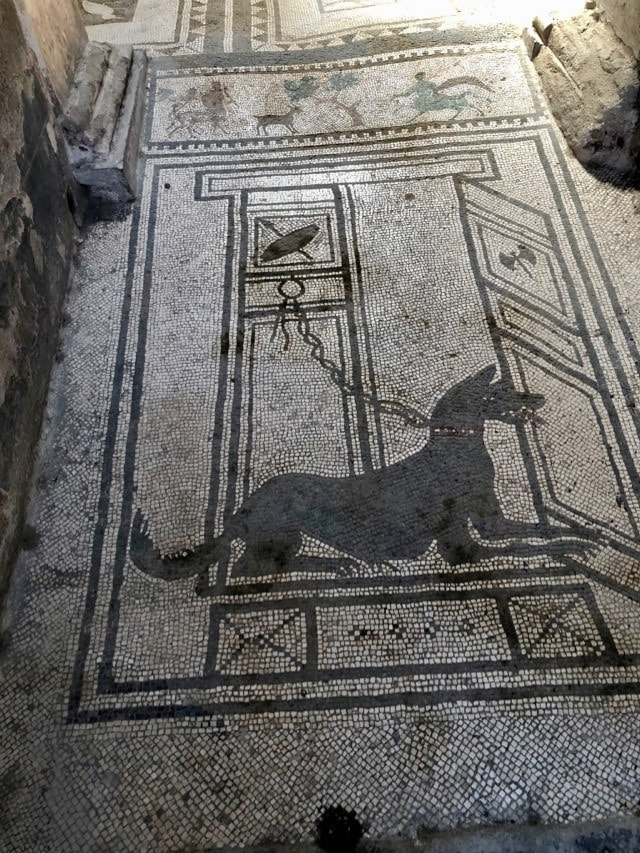
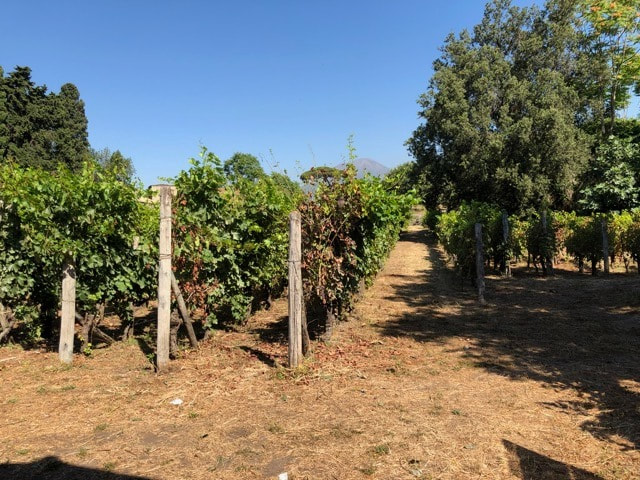
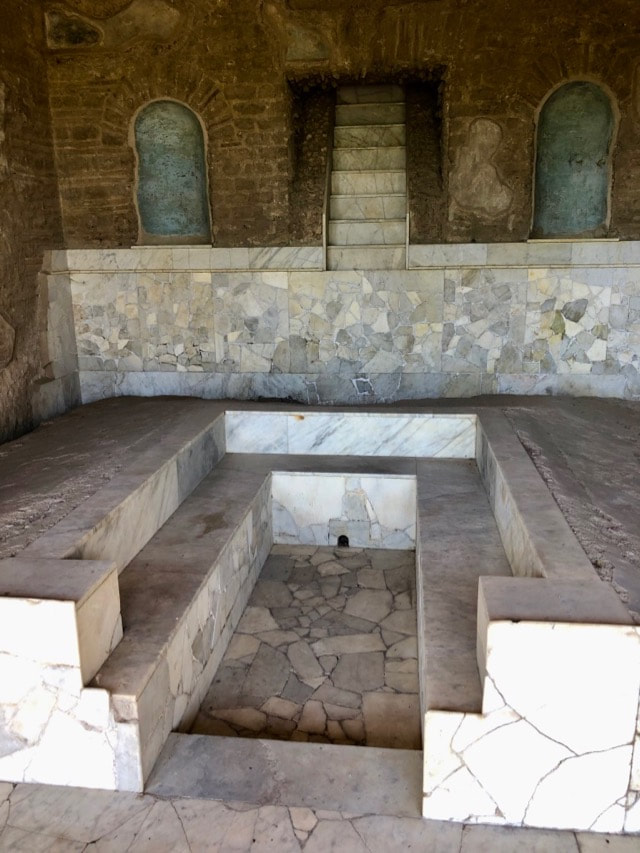


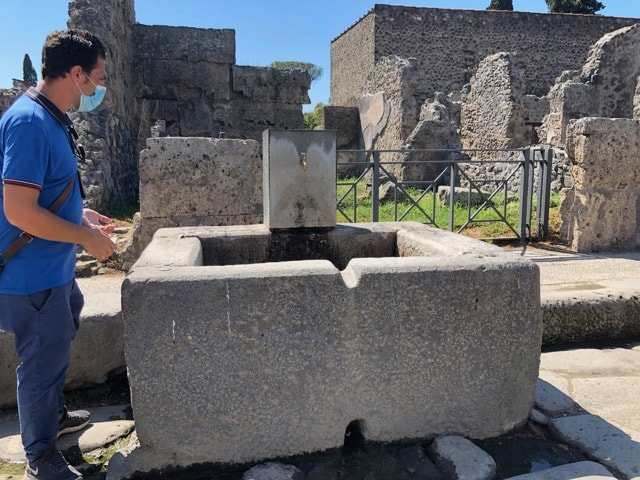

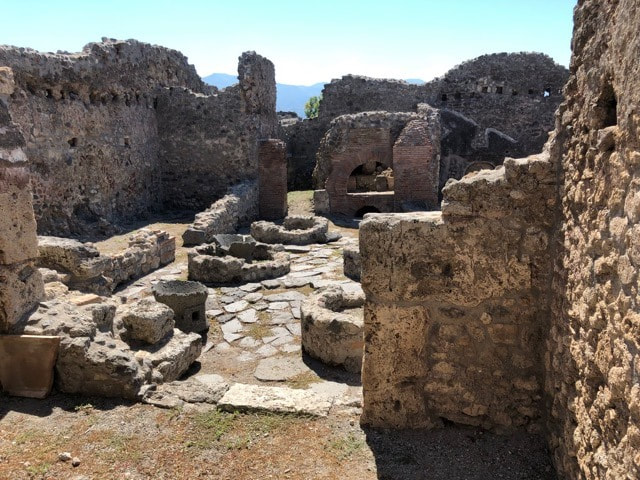
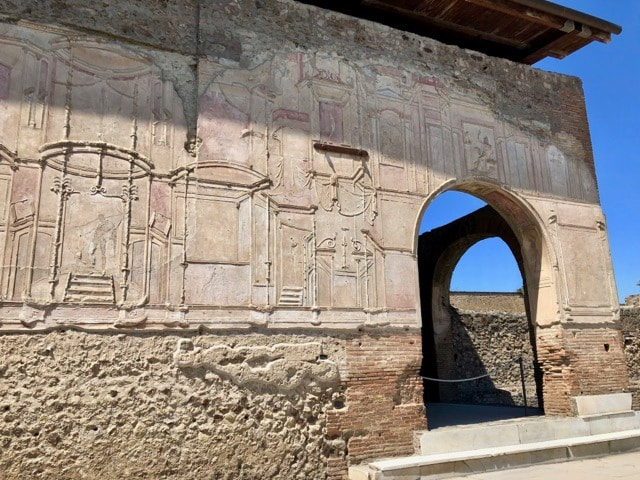

 RSS Feed
RSS Feed



